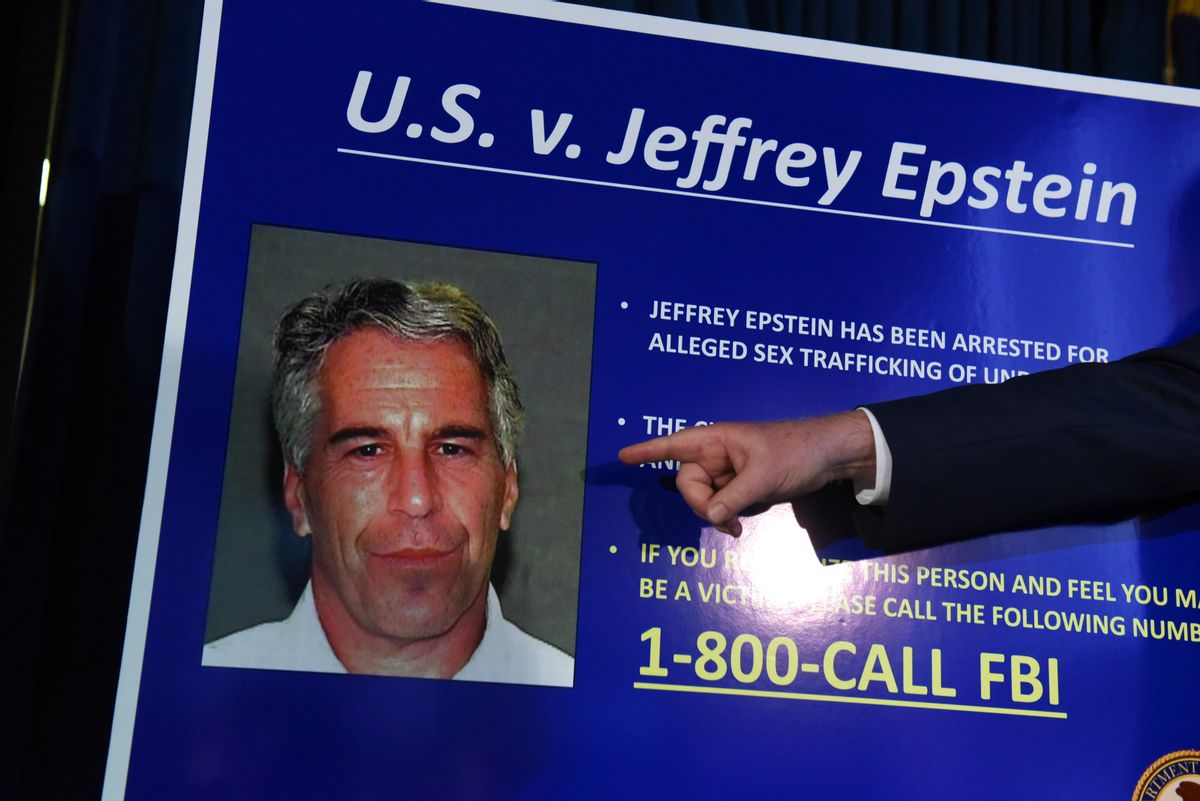On Jan. 3, 2024, a long list of court documents from a lawsuit connected to the activities of the late financier and convicted sex criminal Jeffrey Epstein was released to the public. According to theories on the internet, the documents contained a list of names of powerful individuals who were clients of Epstein's sex trafficking operations.
When the documents were released, rumors swirled: Familiar names like Jimmy Kimmel, Taylor Swift, Leonardo DiCaprio were supposedly linked to Epstein. Between Snopes' own investigation of the documents and reports from reliable outlets like the Miami Herald and The Associated Press, we were able to confirm that almost all of these rumors were false.
Most of the big celebrity names included in the documents were already public knowledge because of previous reports in the media. Those names included former U.S. presidents Bill Clinton and Donald Trump, Prince Andrew, the magician David Copperfield and the late pop star Michael Jackson. Most, but not all, of the people named in the documents were not accused of any wrongdoing.
Although the release contained far fewer shocking revelations than people on the internet expected, interest in the case was so strong that the website hosting the documents was down for hours after the release. What many readers didn't realize until they actually gained access to it is that the complex nature of the judicial system and legal jargon make some of the documentation hard to understand.
As a starting point, here are some of the basic legal terms we think will give anyone wishing to examine the documents themselves a good foundation. All of these definitions were taken from Cornell University's Legal Information Institute. We have also included a link to the collection of unsealed documents further below:
Motion: A motion is a formal request made by any party for a desired ruling, order, or judgment.
Order: A decision issued by a court or authoritative body. This includes final and non-final orders issued by a court. Also known as court order or judicial order.
Summons: A summons is a form prepared by the plaintiff and issued by a court that informs defendants they are being sued or are required to appear in court.
Memorandum: A memorandum in a legal sense can refer to a comprehensive and organized written document that summarizes and analyzes relevant laws based on legal research to support a conclusion on a particular legal issue. A memorandum usually includes a description of factual background of the subject case or fact pattern, a statement of the legal issues to be discussed, an introduction of the relevant laws, an analysis of how the law should apply to specific facts and a conclusion.
Pro Hac Vice: Pro hac vice is a legal term for adding an attorney to a case in a jurisdiction in which they are not licensed to practice in such a way that the attorney does not commit unauthorized practice of law. For example, an Ohio licensed attorney may practice pro hac vice in a New York case, although normally the person would be engaged in the unauthorized practice of law in New York without admission to the New York Bar. In almost all U.S. jurisdictions, attorneys who practice pro hac vice must do so with a local lawyer acting as local counsel.
Exhibit: A document, photograph, object, animation, or other device formally introduced as evidence in a legal proceeding.
Deposition: A deposition is a witness's sworn out-of-court testimony. It is used to gather information as part of the discovery process and, in limited circumstances, may be used at trial. The witness being deposed is called the "deponent."
Depositions are usually hearsay and thus inadmissible at trial. There are, however, three exceptions to the hearsay rule that are particularly relevant to deposition testimony. The first is when a party admits something in a deposition that is against their interest. The second is when a witness' testimony at trial contradicts their deposition. The third is when a witness is unavailable at trial.
In any case, depositions are still subject to a sworn oath to tell the truth.
In the unsealed documents, we recommend starting with those that have exhibits, as many of the other documents are more about procedural matters rather than the facts of the case.
